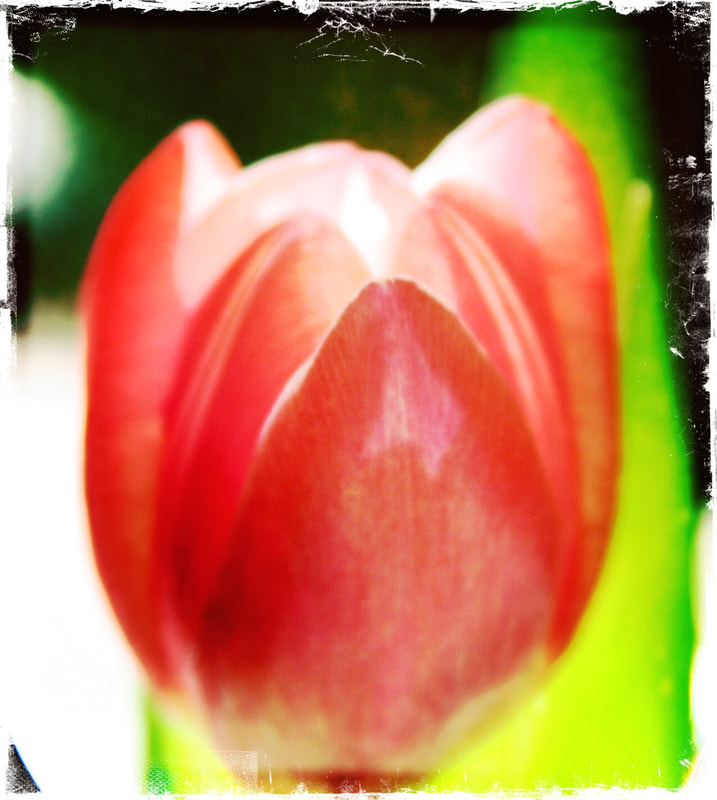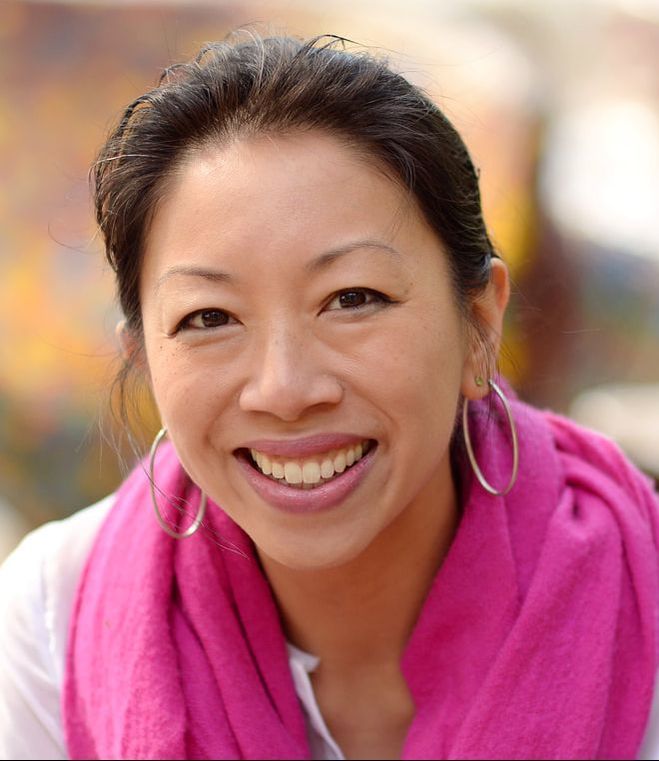ASSAY: A JOURNAL OF NONFICTION STUDIES
5.1
5.1
|
What do you use shoes for?
My mouth clamps shut. Hands wringing in lap. Willing-my-legs-to-not-swing. I sit in the principal’s office, a dim but cozy place with soft chairs, and stare at him in silence. He stares back at me with expectation. His black-brown beard with stray grey hairs. His kindly wrinkled eyes. Silence like a third person between us. I am afraid that if I speak, one orphaned answer will spring from my mouth and all by itself that one answer will have to be wrong. Because there are so many answers. What do you use shoes for? for rain for color to keep from stubbing my toe to scrape on the ground to stop my bike with its broken brakes to keep from getting that worm Mom says gets under your skin in bare feet to dress up like my mom when she wears heels to show I’m a girl and have my own shoes (even when I have to wear my brother’s hand-me-down clothes) to show that I’m a tomboy on days I don’t feel like being a girl to show that we are lucky enough to buy nice shoes but I’m ashamed of this too, because we live in America (not like some relatives in the Philippines.) Surely this would be too much to say too much space to take up in such a small dim room, with the once-smiling principal looking at me now in confusion.
|
|
Jen Soriano is a Seattle-based Filipinx-American writer whose work blurs the boundaries between nonfiction, poetry and speculative fiction. Waxwing has nominated her work for a Pushcart Prize and Best of the Net, and her chapbook Making the Tongue Dry was a finalist for the 2018 Newfound Prose Prize. Jen holds a BA in History of Science from Harvard and an MFA in fiction and nonfiction from the Rainier Writing Workshop at Pacific Lutheran University.
|

